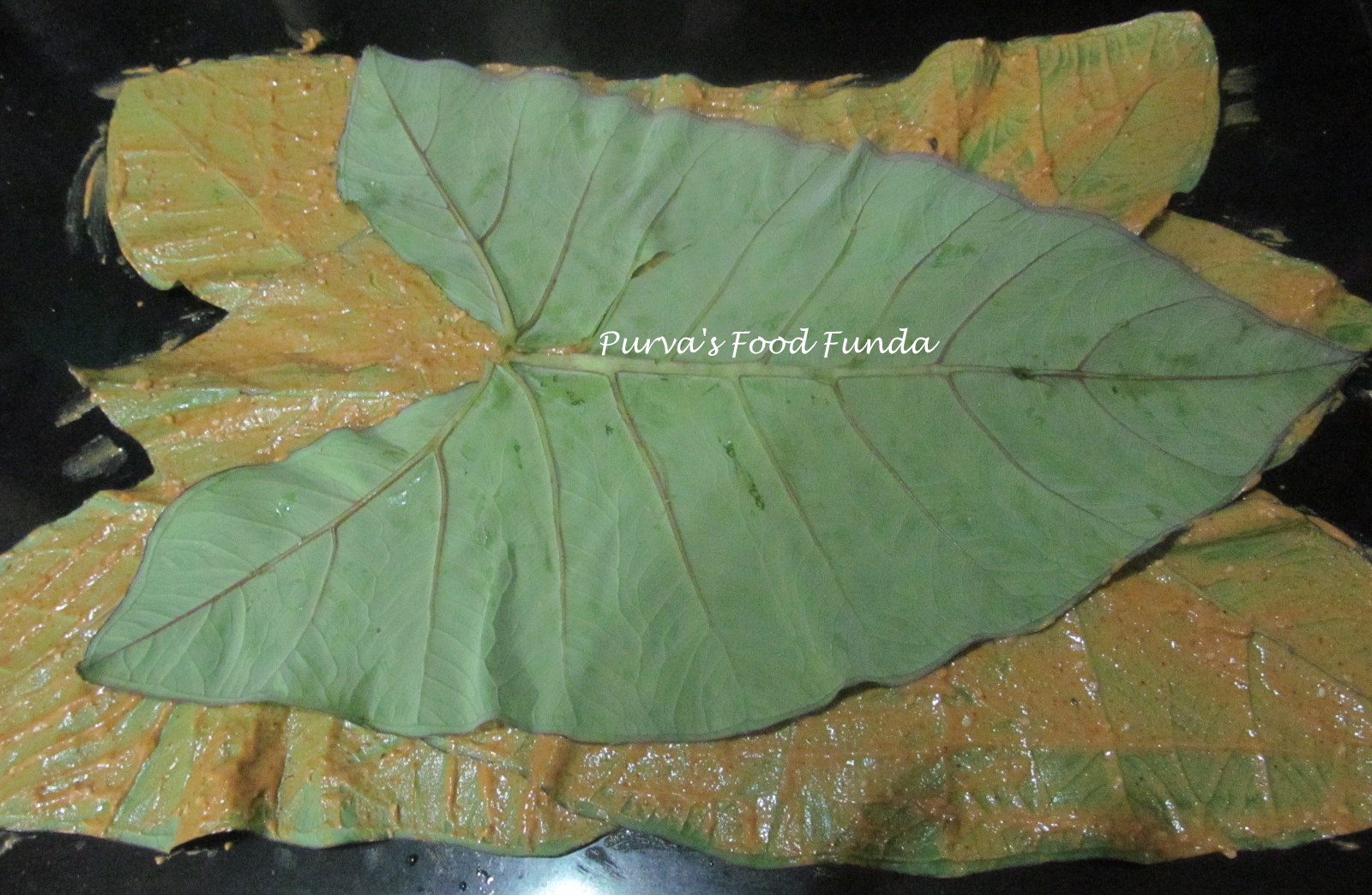This is a dry chutney and can take with almost any meal. It can be take with Varai (Samo) bhakari in fasting day. This s a authentic recipe.
Ingredients:
Method:
Other Serving Suggestions:
Ingredients:
- Roasted and peeled peanuts- 1 cup
- Red chilli powder- 3 tsp (adjust according to taste)
- Sugar- ½ tsp (optional)
- Salt to taste
Method:
- Grind together the peanuts, chilli powder and salt. Pulse the mixture to avoid too much oil coming out of the peanuts.
- Check for taste and adjust accordingly. Chutney is ready.
- Store in airtight container. It's shelf life is 15 days. You can store it in refrigerator for long lasting.
- Serve as side in meal or with thalipeeth, paratha or dosa.
Other Serving Suggestions:
- Mix the chutney with some curd, you can also add tadka (phodani) to it. You can add some finely chopped onion and coriander. Eat it with chapati or bhakri or even with rice.
- Here is one good option. Apply some desi ghee on a hot chapati and sprinkle some chutney on it. Roll it and grab it.
































